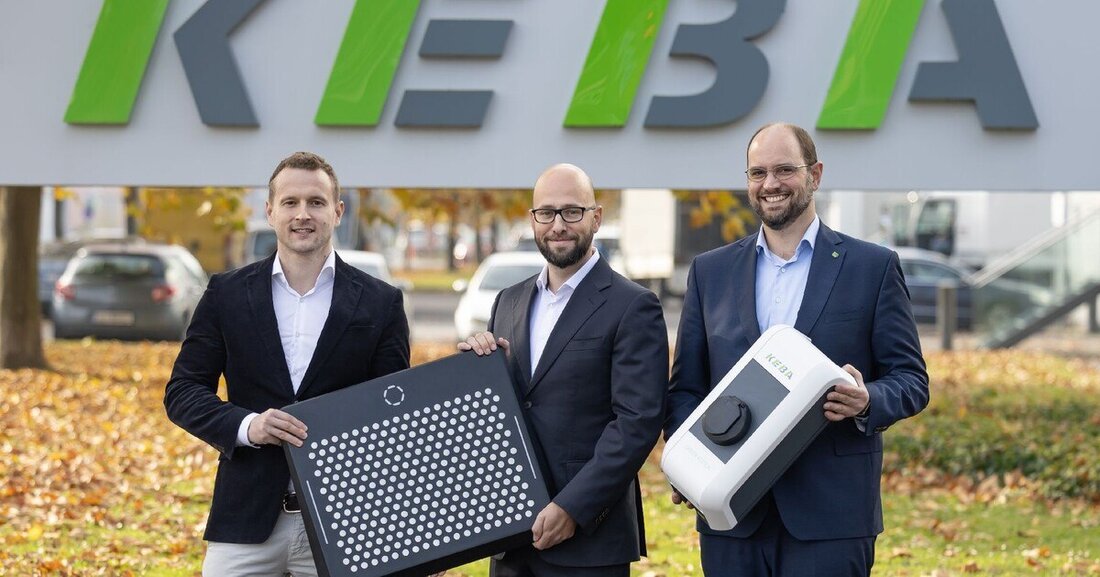Never again charging cables?
Keba and Easelink want to make the wireless charging technology Matrix Charging available to private customers.

Never again charging cables?
The Austrian charging pioneers Keba and Easelink are combining their competencies. In the future, Keba customers will be able to easily expand their wallboxes with Easelink's automated Matrix Charging technology. This is an automated conductive charging solution, consisting of a vehicle unit and a stationary unit (charging pad) in the parking lot. With this system, the charging process is completely automated and there is no need to plug the charging cable into the wallbox. Matrix Charging is currently being used in the “eTaxi Austria” project, the world's largest project for automated charging of e-taxis, in real operation with over 60 e-vehicles in Vienna and Graz.
Keba and Easelink are now working on the next generation of Matrix Charging products for charging electric vehicles at home. Keba has already sold well over 500,000 wallboxes. Buyers should be able to retrofit Matrix Charging very easily in the future. “In particular, Keba’s many years of industry expertise and profound competence, from electronics development to production, strengthens the Matrix Charging technology as a future interoperable charging standard,” says Gregor Eckhard, COO of Easelink. To implement a global matrix charging standard, Easelink works with leading international automotive and supplier companies. Cities like Vienna and Graz are already relying on the technology with the eTaxi project, which is particularly impressive due to its high efficiency, robustness and low manufacturing costs. “The Easelink technology scores points at Keba with its high level of comfort for electric vehicle users and complements our portfolio of intelligent charging solutions very well,” says Gerhard Weidinger, CTO Keba Energy Automation. The automation of the charging process and the permanent connection between the electric car and the grid connection at home have future potential in terms of optimization options for PV surplus charging as well as for grid stabilization and future applications of bidirectional charging.

 Suche
Suche
 Mein Konto
Mein Konto